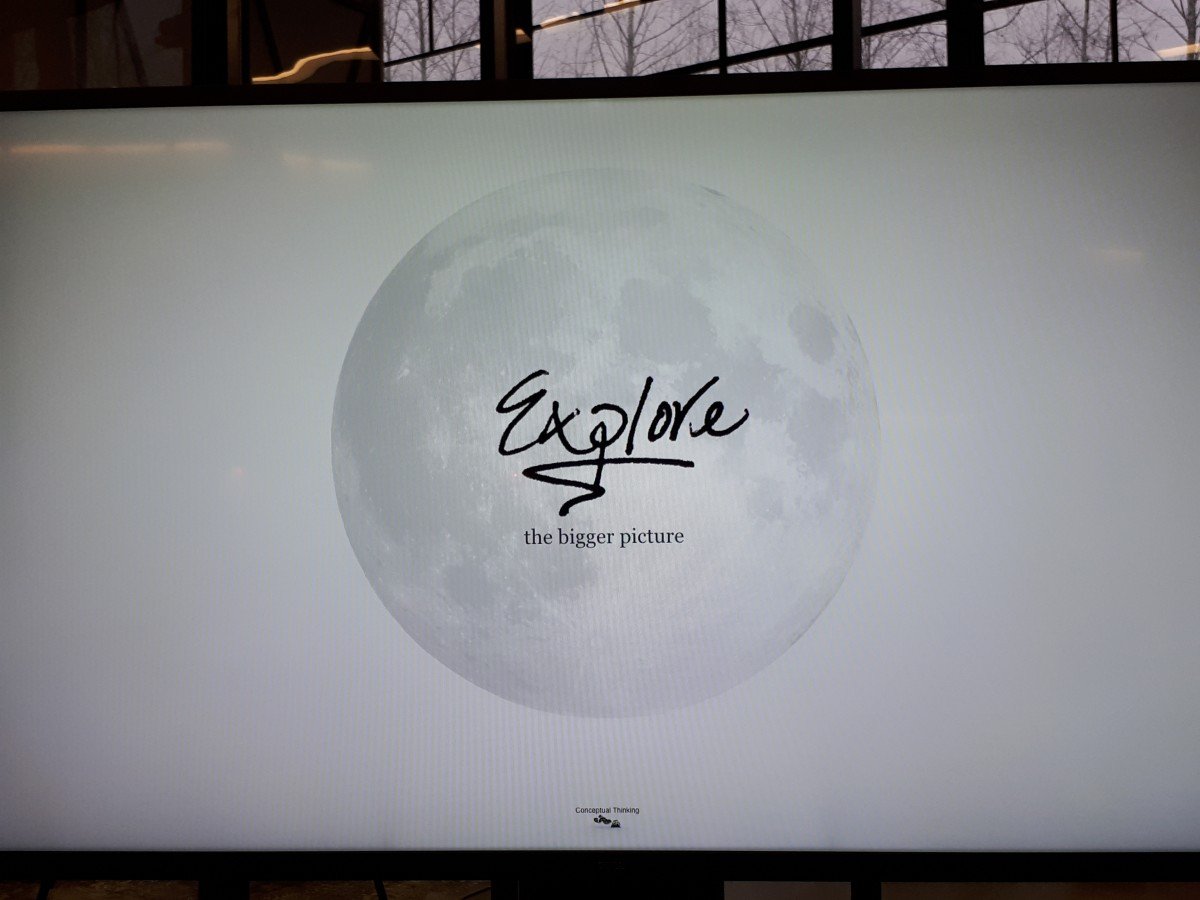
Marijn van der Poll, former co-curator of the Dutch Design Week and a faculty member at the Design Academy Eindhoven, says it is a myth that idea generation – whether for a design, a product, a business strategy or a governmental policy – requires some mysterious inspiration or creative ability, or even that it requires completely free and unstructured thinking. He describes his training and consulting work as equipping the individual professional in the art of concept creation by structuring the ideation process, and turning it into a targeted thinking skill.
Speaking at a workshop hosted by the High Tech Plaza, as part of its newly launched Support Series for Startups at the High Tech Campus, Van der Poll told his audience: “You might ask: ‘Why would you structure a process like ideation, that traditionally is seen as requiring inspiration and ultimate freedom, and as involving the need to suspend judgement?’. Well, that is a myth, because if there is total freedom, you don’t know where to look. Being structured enables one to get the job done.”

THE ART OF CONCEPT CREATION
Van der Poll packages his ideation tools into a three-step process, which starts with defining the objective, then looking at the bigger picture, and finally developing the concept or concepts.
Defining the objective entails what he describes as listening with attentive curiosity. “Pick it apart, ask questions, find out more about the issue or problem, ask questions about the significance of the problem.” This step is concluded by summarising all of these thoughts into a statement.”
The second step considers that statement in the context of the bigger picture. This could be done through fact checks, scientific research or empirical research. Van der Poll’s recommendation is to combine this process with associative research; he illustrated this by asking workshop participants to take key words in a statement generated from the first step, and to record the concepts which they associate with these words. Within a few minutes, the group had developed a variety of new perspectives on the statement being considered.
“Once you have the insights on your project, do an entrepreneurial fact check, considering desirability, feasibility and viability. I see these as three beads on a string – they need not be of the same size, or of equal weight and significance.”
This is also the final fact check before moving onto the third step, which is the development of the concept or concepts. “These would be the models or prototypes or solutions. I usually recommend developing three options – two that are safe and one radical option.”
STOP SOLVING THE PROBLEM
Van der Poll urges his clients to get out of the problem-solving mindset and of thinking that there is only one possible answer to a conundrum. “Stop problem solving and instead value the process of getting insights. There is more than one possible scenario, and it comes down to making a choice about which scenario to select.”


